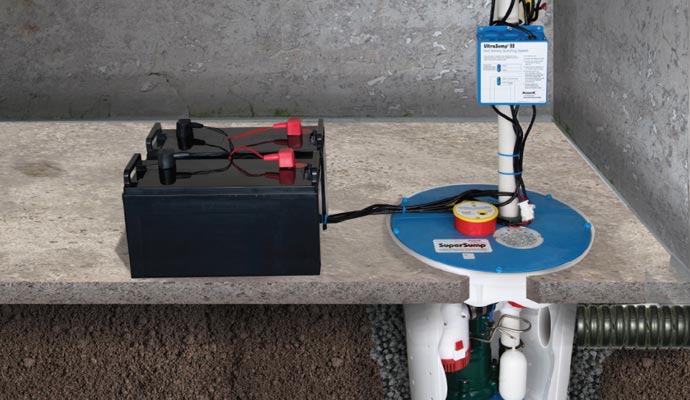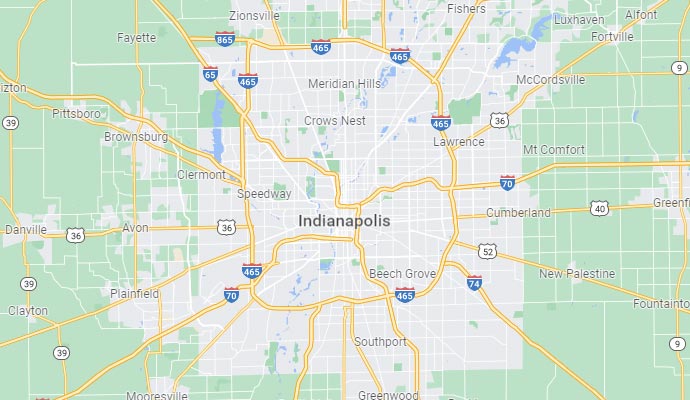Polyurethane Concrete Raising is a better option then Mudjacking
Mudjacking is the traditional technique of raising concrete, whereas using polyurethane is comparatively new and slightly more costly.
While both methods are similar, polyurethane concrete raising, has some distinct advantages and benefits compared to mudjacking. However, first, it is important to note why mudjacking has been preferred, and whether its popularity really measures up to its benefits.
What is Mudjacking and Why is it Popular?
Mudjacking is the traditional technique for correcting sunken concrete, by lifting the slabs and bringing them to the required level. This is done by drilling holes about one to two inches in the concrete slab and pumping a slurry mixture under pressure. Once the pumping has brought the slab to the desired level, the holes are patched up and the job is done.
Most people like two things about mudjacking. Firstly, it is typically cheaper to raise concrete with this method compared to using polyurethane. Secondly, you have a choice over the ingredients of the slurry mixture. For instance, if you want the fill to have more compressive strength, you could use cement or use a mixture of cement, sand, or lime. Such slurry mixtures can provide compressive strengths of up to 2,400 PSI. Polyurethane on the other hand provides compressive strength of up 100 PSI. However, if you’re using higher specialty materials like concrete or cement, this eliminates to cost benefit and could be more expensive than the polyurethane method.
Major Disadvantages of Mudjacking
In most instances, the slurry used in mudjacking will not uniformly fill all the voids because of its thickness. Secondly, and more importantly, the slurry does not have a stabilizing effect on the underlying soil. The heavy slurry will obviously burden underlying soil and will resettle, which means the concrete will sink again, and the whole process provides only a temporary fix. Another disadvantage with mudjacking is that the slurry mixture takes quite long to cure and become stable enough for traffic. Lastly, due to the thickness of the slurry and its incapability of spreading evenly, many holes have to be made in the concrete, which makes the area look unimpressive even after the holes are patched up.
How Polyurethane Concrete Raising Trumps over Mudjacking
It is important to understand that a concrete slab sinks because of the instability of the underlying soil. If you then put weight on such soil with heavy slurry, it will most likely sink again. Polyurethane on the other hand provides a much better alternative since it is a much lighter material. Secondly, polyurethane spreads evenly and uniformly in the voids, therefore there is no need for drilling many holes, and the surface will not look as though it has undergone heavy repair after the job is completed.
The curing time of polyurethane jacking is substantially less than that of mudjacking. Traffic can typically resume in 4 hours or less compared to mudjacking which could take days to cure. Also, you need not be worried about the lower compressive strength of polyurethane, as 100 PSI is enough for almost purposes. Even the Department of Transportation prefers polyurethane for fixing sags and dips in bridges and highways, which says quite a lot about its compressive strength.
Cost Effective Alternative
Even though polyurethane concrete lifting is slightly more expensive then mudjacking, it works out cheaper in the long run. You are not only assured of a neat finish, but also the chances of the concrete sinking again are much less, compared to a mudjacking fix. Contact us today to learn more about our concrete raising services.
Details
Published: 17 July 2017

















